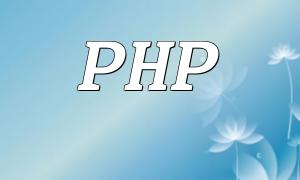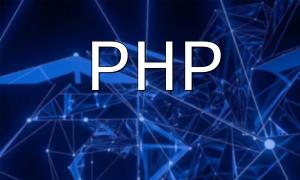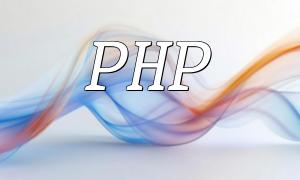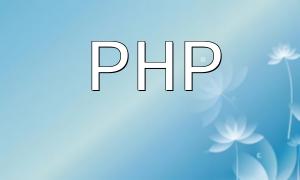In today’s fast-paced digital age, online shopping platforms have become an essential part of daily life. As demand grows, the challenge of using effective technologies to improve user experience becomes critical. PHP, with its open-source, flexible, and easy-to-learn nature, has become the top choice for developing user-friendly e-commerce platforms.
PHP's open-source nature and powerful extensibility allow developers to customize platform features according to specific needs and rapidly iterate and update the system. With PHP, developers can build an all-in-one shopping platform, enhancing the user shopping experience.
A simple, easy-to-navigate user interface is essential for an e-commerce platform. By using PHP's template engine, we can separate the page layout from data, making the platform's interface clearer and easier to understand. This not only allows for faster updates and iterations by developers but also offers users a more intuitive browsing experience.
The search function directly impacts the efficiency of users’ shopping experience. By leveraging PHP's full-text search engine, we can build an efficient product search system that helps users quickly find the items they need. Additionally, with PHP's machine learning libraries, we can provide personalized recommendations based on users' purchase history and browsing behavior, further enhancing the platform's intelligence.
The shopping cart and payment system are critical components of any e-commerce platform. Using PHP's database capabilities, we can create a stable and user-friendly shopping cart module that allows users to easily add items and complete transactions. To ensure the security of payments, PHP's encryption libraries can be employed to safeguard transaction data and prevent user data leaks.
In addition to core features, platform speed is also essential for a better user experience. With PHP's caching technology, we can significantly improve the platform's loading speed, reducing users’ wait time. This is crucial for increasing user satisfaction and enhancing the platform’s competitiveness.
To offer a more comprehensive shopping experience, we can add additional features such as user reviews, ratings, and shipment tracking systems via PHP. These functionalities not only improve platform interactivity but also provide users with more efficient and thoughtful services.
In summary, PHP, with its powerful capabilities and flexibility, provides a rich toolkit for developing user-friendly e-commerce platforms. By optimizing key elements like design, search functionality, shopping cart, and payment systems, we can offer users a streamlined, fast, and secure shopping experience. As the platform continues to improve and evolve, it will attract more users and contribute to the success of the online business.









